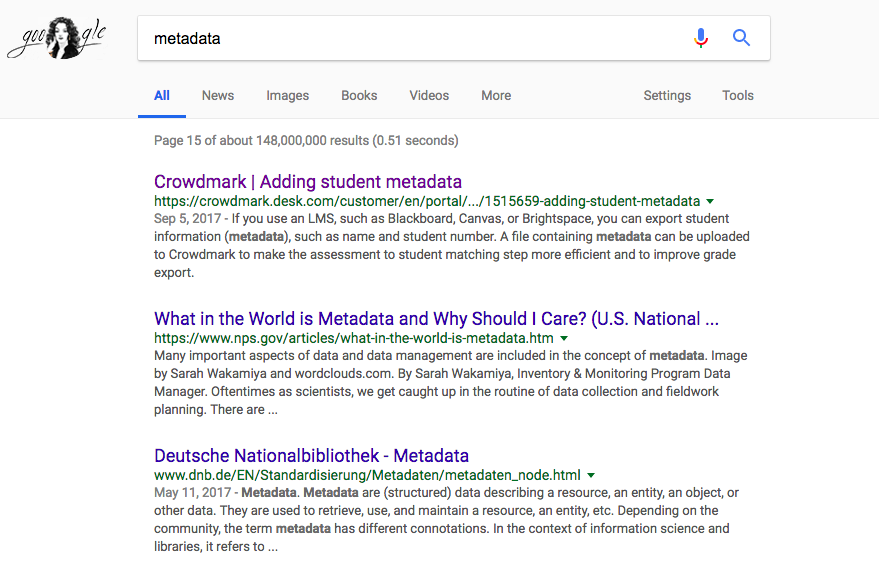In the current digital age, writer and producer roles are no longer separate. As John Gallagher says in “Writing for Algorithmic Audiences,” writers are now acting as content producers, “circulating content on various social media platforms, monitoring website analytics, curating metadata, managing comments, and recirculating older writing to new venues” (25). As such, it’s never been more important to be aware of the audience you’re writing for, since you will likely be responsible for the distribution and circulation of that content.
However, as Gallagher points out, digital creators do not market directly to their audiences. They must contend with a platform’s search algorithms to be accessible to their audiences. The trouble with search algorithms is that they are an automated set of procedures. Though the algorithms themselves are impartial, they are coded by people with specific sets of expectations and standards for what they consider ‘good writing’—the kinds of writing these creators consider exemplary of their platform. If your text does not meet the platform’s standards, it will not be promoted on the site. In order to satisfy those values, creators may have to “sacrifice elements of their personal writing styles” (Gallagher 31). As such, when planning a digital text, a platform’s affordances must be weighed against its search potential and ability for circulation. For example, does your platform have embed codes? Can it be spread through multiple platforms, or will it be platform-dependent? In general, creators want to lean toward easily accessible and spreadable platforms. Though metadata, keywords, and tags are extremely important in the circulation of a text, even this does not mean that your text will be visible online.
Like Kes, I felt my definitions of distribution shift as I read Gallagher’s article. Where before texts were marketed and distributed strategically by producers, now creators are in charge of circulating their text around the web, making sure it is visible and able to be picked up by intricate search algorithms. The issue is no longer how do I make a text fit for an audience, but also how do I make that text visible to my audience.
Discussion Questions:
- Consider how users find texts. What platforms are users most likely to encounter and engage with, and what megadata tags are needed to target the audience of each platform?
- How do you balance creative choices with audience needs? In your opinion, is it more important to be true to the text as you envision it, or to make that text accessible to a large number of users?
Word Count: 350
Works Cited:
Gallagher, John R. “Writing for Algorithmic Audiences.” Computers and Composition, Science Direct, Sept. 2017, www.sciencedirect.com/science/article/pii/S8755461516300652?via=ihub.
